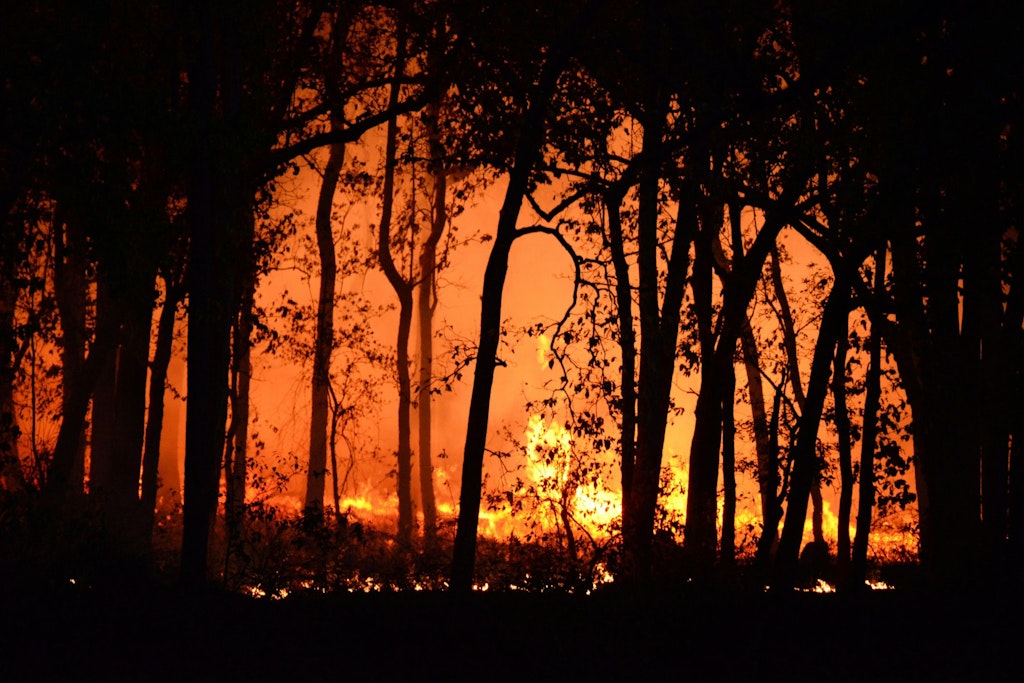Extreme weather events emphasise aged care facility insurance red flags
Last updated on 13 February 2025

Many Australian summers are filled with the type of confronting weather extremes eloquently captured in Dorothea Mackellar’s famous poem, My Country. In it, she calls this sunburnt country one of ‘drought and flooding rains’.
This year is no different. Southern states are sweltering through a dry summer that sparked several bushfires in Victoria, while tropical rain devastates north Queensland.
These conditions challenge everyone, including aged care service providers. While the greatest importance is ensuring the safety of residents, staff, clients and visitors, providers must be prepared for the risk of property damage.
Key points
- The cost of extreme weather is growing in real terms, with an average of $4.5 billion paid by insurers per year over the last five years, compared to a 30-year average of $2.1 billion
- Last year’s south-east Queensland floods resulted in $1.3 billion in damages
- Insurance catastrophes are common in Australia, including the 2021/22 New South Wales and east Queensland floods ($6 billion worth of claims) and the 2019/20 Black Summer Bushfires ($2.6 billion)
- The Northern Territory, Queensland and New South Wales have the highest pricing risk for insurance premiums due to extreme weather events, while South Australia ranks the lowest
According to the Insurance Council of Australia, severe weather events contribute to insurance provider losses. As a result, some are reluctant to offer new insurance policies in high-risk areas.
An international example includes insurance providers in Los Angeles who either cancelled policies due to potential risks or where homeowners were forced to cancel because of rising premiums.
Therefore, aged care organisations must review and evaluate their risk profile. Facilities in locations at a higher risk of natural disasters or extreme weather events could also benefit from a third-party risk engineering report or catastrophe modelling. Internal annual reviews will also keep you abreast of any market changes.
“While it may not be easy when considering all the potential investments you could be making, it’s essential to invest in the areas of your property that need to be updated and maintained to ensure they are kept up to standard and are equipped to sustain extreme weather events,” insurance & risk management consulting firm Gallagher explained.
“An example of this is to regularly inspect your roofing and gutters, to ensure they can withstand a significant downpour or are clear of dry vegetation which could catch fire from bushfire embers. Insurance contracts require reasonable action to mitigate loss and exclude losses caused by general wear and tear.
“An outlay now could be the difference between having an eight-figure claim and mitigating risks before they manifest. Monitoring the risk control and engineering surveys undertaken can help recognise when it’s time for capital expenditure.”
Additionally, Gallagher recommends reviewing the scope of cover provided by liability policies such as public and product liability insurance or directors and officers’ liability.
An emergency preparedness plan with clear protocols for resident safety is another critical element if an evacuation is required. Safe Work Australia and the Australian Government’s business arm have relevant emergency management plan resources.
“If procedures are alleged or deemed to be inadequate in the event of a catastrophe which results in casualties, the operators may be liable. The limit of insurance should be sufficient to cover a catastrophic event resulting in multiple casualties to residents or other visitors,” Gallagher added.
It is also advised to look for the increasing prevalence of deductibles in aged care facility insurance. Policyholders who agree to deductibles will pay the initial amount of a covered insurance claim before the insurance contract pays the remaining costs. Paying a higher premium would reduce or eliminate the deductible if a claim is made.
While some insurers are reducing their coverage spread to avoid high-risk locations, others are layering deductibles so facility owners are responsible for an agreed proportion of the cost of a claim.
“For example, if the owner of a $50 million building opts for a $25,000 deductible, they are self-insuring the first $25,000 on that loss if they need to make a claim,” Gallagher explained.
“There may be options to approach speciality markets to provide coverage that traditional insurance carriers don’t offer but likely at high premiums.
“These may include covers such as ‘parametric’ insurance (a type of insurance that pays out a predetermined amount based on the occurrence of a specific event or parameter, such as a natural disaster, rather than the actual loss incurred) or opportunities to ‘buy-down’ the deductible.
“Facility operators will need to have done their own catastrophe modelling or risk analysis and be able to answer underwriters’ questions, demonstrating what they are doing to close the gap on those risks. Underwriters will expect to see these reports.”
Taking these steps will help aged care providers be better informed and protected ahead of future severe weather events.
The information in this article is general in nature and should not be taken as direct advice. Please contact your insurance broker or a third-party organisation for advice. This article is not a paid piece.